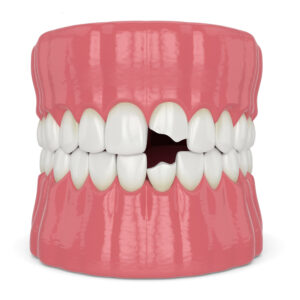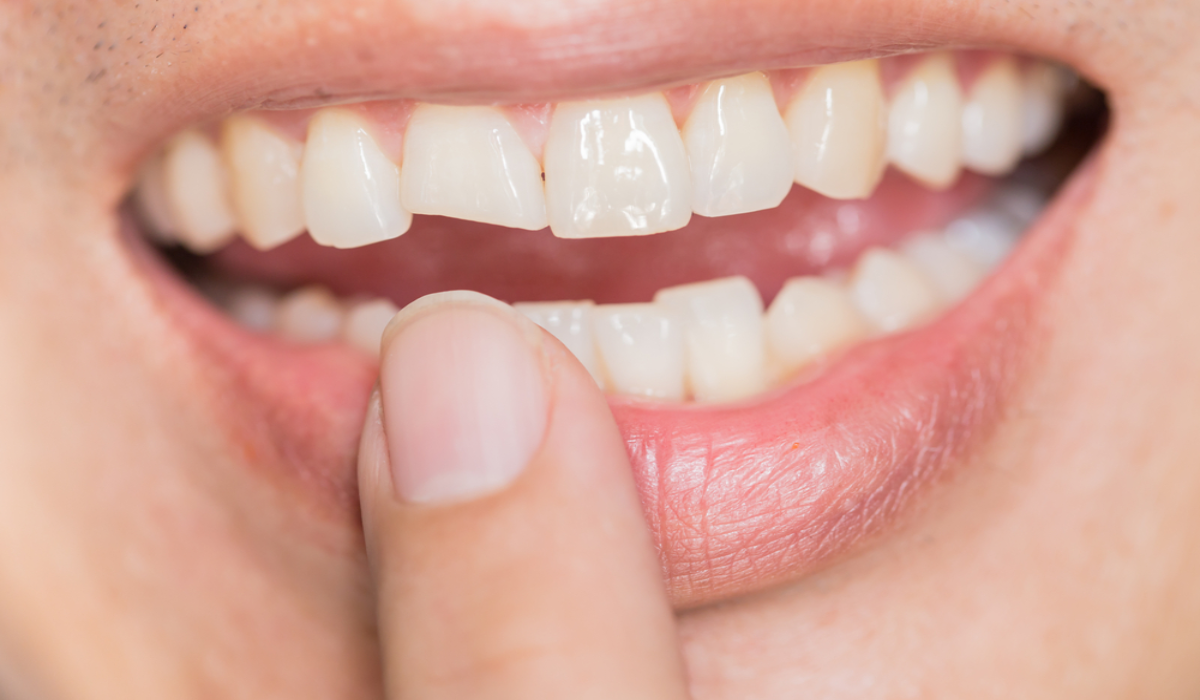Handling Dental Injuries: A Guide to Management and Treatment
Dental injuries can happen suddenly and unexpectedly, causing pain, discomfort, and anxiety. Whether it’s a chipped tooth from a fall or a knocked-out tooth during a sports game, knowing how to manage and treat dental injuries promptly can make all the difference in preserving oral health and preventing further complications.
Types of Dental Injuries:
- Chipped or Fractured Teeth: Commonly caused by falls, accidents, or biting down on hard objects, chipped or fractured teeth can range from minor cosmetic issues to more severe damage involving the tooth’s structure.
- Avulsed (Knocked-Out) Teeth: A knocked-out tooth, often the result of trauma or injury to the mouth, requires immediate attention to increase the chances of successful re-implantation and preservation of the tooth.
- Tooth Intrusion: Tooth intrusion occurs when a tooth is forced into the jawbone, causing it to be pushed further into its socket. This type of injury can damage the tooth’s root and surrounding tissues.
- Tooth Luxation: Tooth luxation refers to the displacement of a tooth from its normal position, either partially or completely. It may present as subluxation (tooth loosening), extrusion (tooth pushed out of socket), lateral luxation (tooth displaced sideways), or intrusion (tooth pushed into the socket).
Management and Treatment of Dental Injuries:
-

Chipped or Fractured Teeth:
- Rinse the mouth with warm water to clean the area.
- If there is bleeding, apply pressure with a piece of gauze to stop it.
- Save any broken tooth fragments and bring them to the dentist if possible.
- Treatment options may include dental bonding, dental veneers, or dental crowns to restore the tooth’s appearance and function.
- Avulsed (Knocked-Out) Teeth:
- Handle the tooth by the crown (top part) and avoid touching the root.
- Rinse the tooth gently with water if it’s dirty, but do not scrub or remove any attached tissue.
- Place the tooth back into its socket if possible, or store it in milk, saline solution, or saliva until you can see a dentist.
- Seek emergency dental care immediately for the best chance of saving the tooth.
- Tooth Intrusion and Luxation:
- Do not attempt to reposition the tooth yourself.
- Apply a cold compress to reduce swelling and alleviate pain.
- Seek immediate dental attention for proper evaluation and treatment.
- Treatment may involve repositioning the tooth, splinting, or root canal therapy, depending on the severity of the injury.
Importance of Seeking Timely Dental Care:
Prompt dental care is essential following a dental injury to assess the extent of damage, prevent infection, and preserve oral health. Even seemingly minor injuries can have long-term consequences if left untreated, so it’s crucial to seek professional dental care as soon as possible.
In conclusion, timely treatment of dental injuries can help minimize pain, preserve teeth, and prevent further complications. By understanding the appropriate steps to take in the event of a dental emergency and seeking timely dental care, you can protect your smile and ensure optimal oral health for years to come. Remember, when it comes to dental injuries, swift action can make all the difference! In case of any such emergencies, you can consult Dr. Rukman Jindal at Jindal Aesthetics & Dental care for prompt interventions and excellent results in dental and facial injuries.

